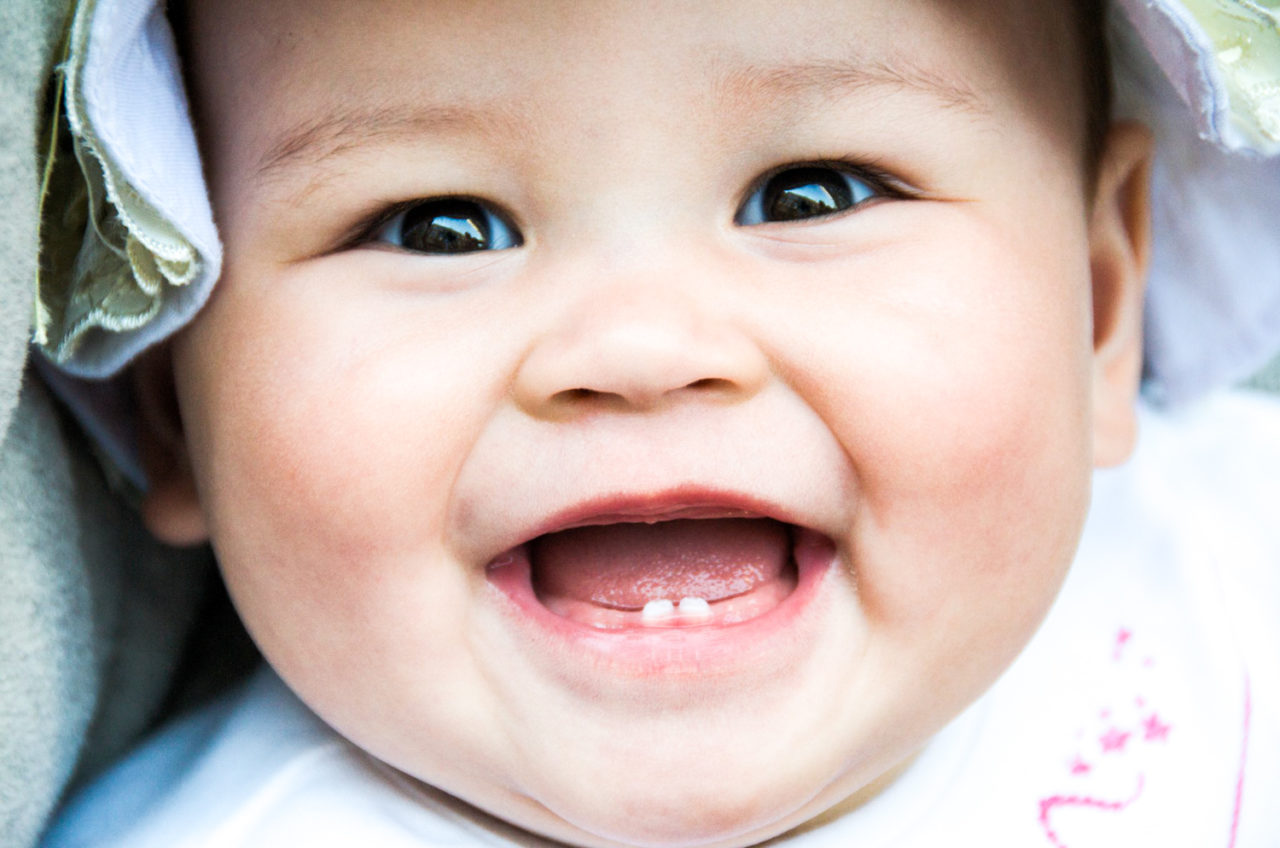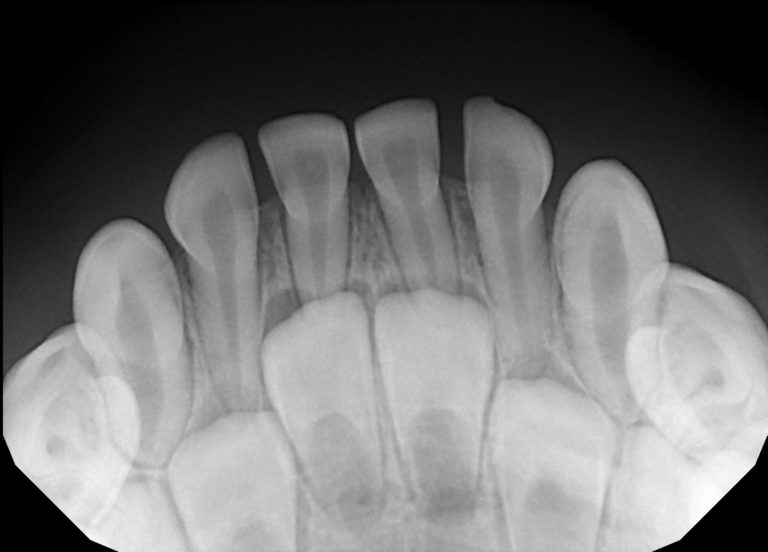
Being a dental hygienist, I’ve learned through education about some pretty cool anomalies that can happen in our mouths. One topic that I found really interesting was natal teeth, babies being born with tooth-like structures in the mouth, and sometimes I have had people ask me if babies can be born with teeth?
Although rare, babies can be born with teeth. Teeth present in the mouth when babies are born are called natal teeth. Natal teeth occur in 1/2000-3500 births, with females being more affected. The most common location of natal teeth is the bottom front teeth area (mandibular anterior region).
In this post, I go over what natal teeth are, what they are made of and what you need to know about them if your baby is born with teeth, conditions that increase the incidence, the risks they post to both baby and mom, and the difference between natal and neonatal teeth.
Natal teeth; babies born with teeth
Natal teeth are an interesting phenomenon and are usually not full complete teeth, rather a shell of a tooth, most often lacking roots and the nerve/blood supply.
However, they can be baby teeth that erupted prematurely.
Natal teeth can pose some issues to both baby and mother in terms of feeding issues, which can lead to the baby not feeding correctly and getting the proper nutrients and calories needed for development.
Natal teeth most commonly occur in the area of the mandibular anterior teeth (bottom front teeth) at 85% of occurrences, followed by 11% for anterior maxillary teeth (top front teeth), and with molars and cuspids comprising 4%.
The appearance of natal teeth is different from baby and adult teeth. Natal teeth are much smaller, brown/yellow and usually very loose.
Natal teeth can be viewed differently, consisting of folklore and misconceptions.
In some regions of the world, natal teeth can be seen as good luck, which will bring good fortune and bad luck and misfortune in other areas. It is interesting how literature and history have had opposing thoughts on natal teeth.
These are not true, and they are just a rare phenomenon that can happen, although it would be nice if they were good luck fortunes!
But natal teeth should not be ignored and should be assessed by a doctor and/or pediatric dentist.
What happens to natal teeth? How they are treated
Natal teeth should be examined by a doctor and pediatric dentist as soon as possible because of their potential ill effects.

They may take some radiographs (x-rays) to determine how deep the natal teeth are in the gum tissue and to rule out that they are not neonatal teeth (see the bottom of post for more insight) and part of the normal dentition. There could be a slight chance they could be part of the normal dentition, and if they are, they will want to be kept in the mouth.
Differentiating that the natal teeth are not part of the normal dentition is very important because it is crucial not to remove the teeth if they have prematurely erupted baby teeth.
Having a professional assess the natal teeth is essential to develop an appropriate treatment plan. Natal teeth can have way more impacts on the overall health and well-being of the baby. The natal teeth may need to be taken out as soon as possible because they can hinder feeding and proper nutrition uptake.
Improper nutrition is not the only risk of natal teeth. Below I go into more detail about the dangers of natal teeth.
Risks of natal teeth; including possible injuries
Natal teeth pose risks to the baby, as well as the mom. These risks need to be taken seriously, as they can have significant impacts on the baby’s current and long-term overall health and well-being.
Injury to baby
Natal teeth pose risks to the tongue and hands of the baby. The baby could unknowingly close the mouth and bite down on the tongue, injuring it.
Also, we all know that babies love to put things in their mouths, including their hands. In the first month of life, babies can put their fists in their mouths, and if they have natal teeth, they could injure the hand.
Fine motor skills are not developed enough for the baby to understand what it is doing and could have an involuntary movement where they bite their fist/hand.
Injury to mom
This is for breastfeeding moms. Natal teeth can be sharp and injure the mom while the baby is suckling and feeding. This can be extremely uncomfortable as you can imagine or experience yourself as newborn babies feed much more frequently.
Feeding issues
Natal teeth can make it difficult for the baby to latch onto the nipple while breastfeeding. This can make the baby frustrated, and become more hungry, making breastfeeding more and more difficult. This can turn into a vicious circle, resulting in the baby refusing the breast altogether.
Choking
Natal teeth are known for being loose, and depending on the severity of mobility, the natal tooth may come out on its own. This can lead to the baby swallowing or aspirating the tooth and can cause the baby to choke.
Conditions that increase the incidence of natal teeth
Some health conditions increase the incidence of natal teeth. These conditions include;
- Sotos syndrome
- Hallerman-Streiff syndrome
- Pierre Robin sequence/syndrome
- Ellis-Van Creveld syndrome
It is essential to discuss with a doctor about natal teeth and monitor the child for these medical conditions. However, natal teeth can occur without any accompanying health conditions.
Difference between natal and neonatal teeth
Neonatal teeth are teeth that erupt during the first month of age and are 90% prematurely erupted baby teeth that are part of the normal dentition. The most common neonatal teeth are mandibular central incisors.
Again, it is vital to assess and confirm that they are part of the normal dentition and not just an extra tooth (supernumary tooth).
I hope you have found this as interesting as I do, and I have given you the information you were looking for.
Holly 🙂
Sources;
